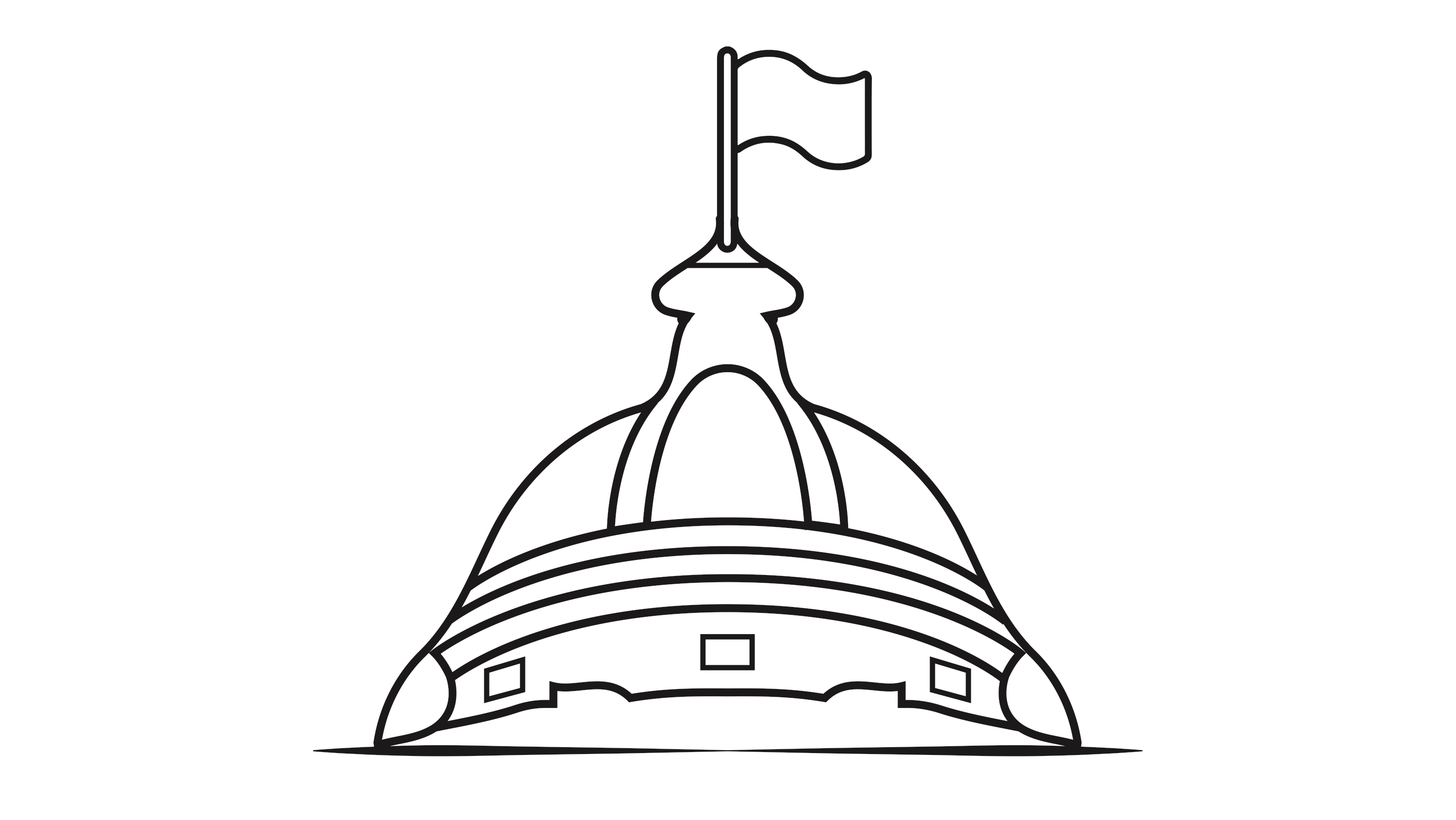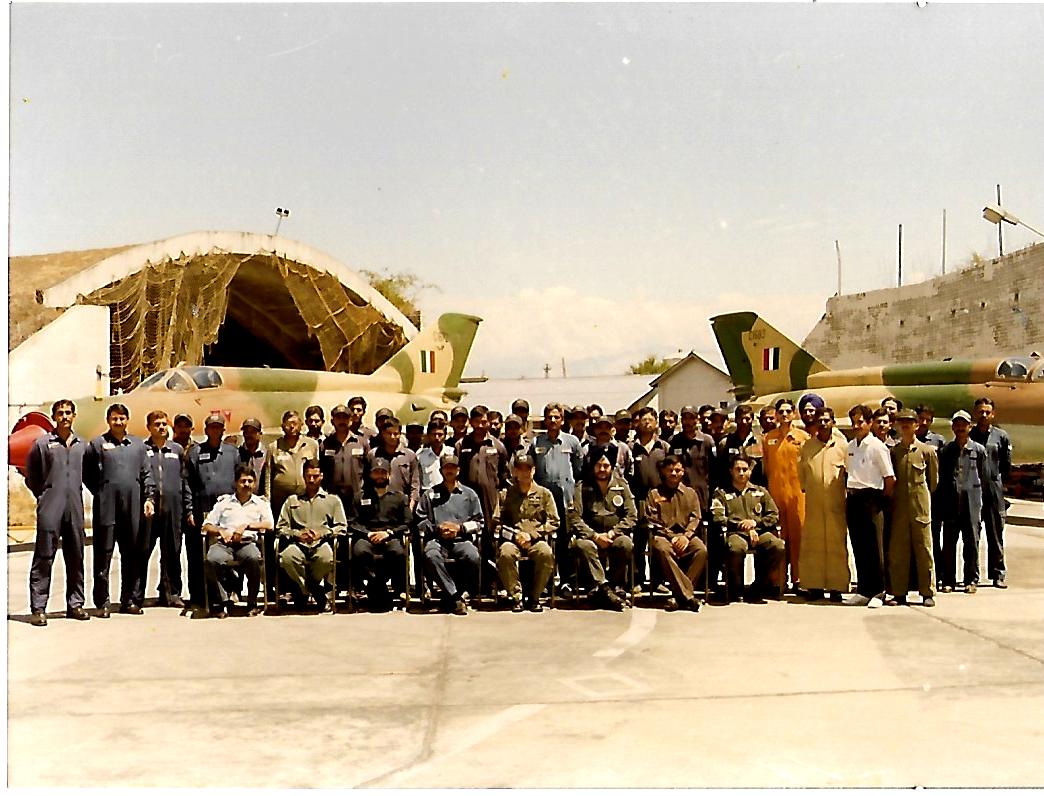DWC Vayu : Golden Arrows
On 26th July 2024, India celebrates the 25th Kargil Vijay Diwas, marking a historic victory for the Indian armed forces, who fought bravely against well-entrenched Pakistani intruders. The aim of the Pakistani forces was to cut the link between Kashmir and Ladakh, isolate Indian troops on the Siachen Glacier, and force India to the negotiation table regarding the Kashmir dispute. This plan was known as ‘Operation Badr.’ Once the infiltration was detected, the Indian Army mobilized its forces to respond and retaliate.
On 26th May at 06:30, the first air-to-ground strike was carried out by the IAF as part of Operation Safed Sagar, within ongoing overarching Operation Vijay (Operation Vijay had already commenced ~ 12 of May, IAF Joined the battle after Government Clearance on 26th of May). Operation Safed Sagar had many unique operational challenges. The battle was fought at altitudes between 14,000 and 18,000 feet, where high altitude and temperature variations affected weapons and computerised aiming systems. The jagged terrain, along with strict orders not to cross the LoC, made manoeuvring inside mountainous valleys and box canyons complicated. Targets were small and naturally camouflaged by the snow and mountains. These air operations marked a milestone in military aviation history, as it was the first-time air power was deployed in such an environment.
The operation involved the Western Air Command, including No. 17 Squadron, also known as the Golden Arrows, commanded by then Wing Commander B.S. Dhanoa. This frontline ground attack fighter squadron played a pivotal role in the success of Operation Safed Sagar. Equipped with an older generation MiG-21M aircraft, the Squadron initially entered the Kargil Conflict in the Fighter Reconnaissance (FR) role and then changed over to the strike role. The Squadron faced numerous challenges caused due to the extreme high altitudes and lack of ballistic tables for engagement of targets at such altitudes. These were overcome through innovative methods developed during the conflict.
The squadron's role was to attack intruder camps, dug-in defences, munition dumps, and supply routes in the Kargil sector. Targets identified and geo-located by the Indian Army were relayed to the IAF for strikes. The squadron innovated and carried out night strikes at low level which proved more accurate, for providing indispensable Battlefield Air Strikes (BAS) to help the Indian Army reclaim key points and win the battles of Tiger Hill/Tololing/Pt 5140/ Mushkoh etc. It’s tribute to their engineers that the squadron maintained 100% serviceability in the Srinagar detachment for nearly 50 days despite flying one of the oldest fighters in the IAF inventory.
Under the leadership of Wing Commander Dhanoa Golden Arrows were one of the most decorated Indian Air Force units of the Kargil Conflict and were bestowed with Battle Honours for the Kargil War in 2005.
IAF operations in the Kargil sector were conducted over seven weeks, from the first air strikes on 26 May 1999 to 12 July 1999, when they were suspended to allow Pakistani forces to withdraw northwards to their side of the LoC.
During the second day of surface attack operations, Hyena formation of MiG-27s was tasked with destroying enemy positions in the Batalik sub-sector. Flt Lt Nachiketa experienced engine failure and successfully ejected from his aircraft. When the leader of Hyena formation asked for help in the rescue mission, Sqn Ldr Ahuja the leader of Hercules Formation responded to it and got airborne and kept the crash site in contact while trying to guide a rescue mission.
Despite knowing that the enemy had Surface to Air Missiles (SAMs), Sqn Ldr Ahuja circled the ejection site to help direct the rescue helicopter. His aircraft was hit by a Stinger SAM, and he was also forced to eject. Despite a successful ejection, Sqn Ldr Ahuja was captured and killed by Pakistani forces, violating the Geneva Convention. In his final act of heroism, Sqn Ldr Ahuja exemplified the highest virtues of courage and loyalty. His sacrifice will forever be remembered as a beacon of selflessness and bravery, inspiring future generations to serve with the same unwavering dedication and honour. His legacy endures in the hearts of a grateful nation, a true hero who laid down his life so others might live.
A Special Thanks to Air Chief Marshal BS Dhanoa
Air Chief Marshal Birender Singh Dhanoa, a stalwart of the Indian Air Force, has left an indelible mark on the nation's military history. He is an alumnus of Rashtriya Indian Military College, National Defence Academy, and the Defence Services Staff College, Wellington. He was commissioned in the IAF in June 1978 as a fighter pilot.
Air Chief Marshal Dhanoa’s leadership during the Kargil War is legendary. For his bravery, courage and innovative methodology of night bombing in mountainous region, he was awarded the Yudh Seva Medal. The Air Chief Marshal has many feathers in his cap over his illustrious career. ACM Dhanoa was appointed as the Chief of Air Staff in December 2016. During his tenure, he championed modernisation efforts, enhancing the IAF's operational capabilities and preparedness. Notably, he led the Balakot airstrike in 2019, demonstrating his commitment to safeguarding national security. ACM Dhanoa's distinguished service earned him numerous accolades, including the Param Vishisht Seva Medal, Ati Vishisht Seva Medal, and Yudh Seva Medal & Vayu Sena Medal. His legacy as a fearless leader and strategic visionary continues to inspire generations of IAF personnel.
From Delhi Watch Company, we want to say a huge thank you to the Air Chief Marshal, for helping us design this watch to honour and remember the valour of Kargil Heroes: Golden Arrows.
*Please note that all contributions to this project by ACM Dhanoa, in any manner, are gratis.




Share:
DWC Everest - Summit Series